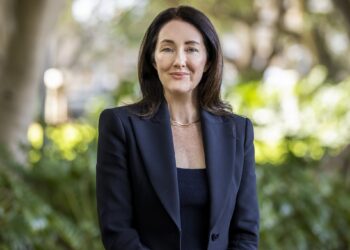The Australian superannuation sector could benefit from greater education about the benefits of using derivatives, the Chicago-based derivatives and futures exchange operator, CME Group, said.
Not only are futures and options useful in reducing all kinds of risk, they also enable Australian investors, including super funds, to efficiently access offshore markets, said David Gibbs, director of market development at CME Group.
“Australia’s growing population and expanding economy are building investment assets beyond the capacity of the domestic capital markets. More offshore investments require offshore priced risk management tools,” he said.
“CME provides the US dollar derivative products the world uses to manage investment risk.”
Gibbs cited the example of an Australian portfolio manager using S&P 500 futures – who is exposed to a weaker US dollar and a stronger Australian dollar – who could potentially increase their investment after currency adjustment over and above that of an investor who only used an exchange trade fund.
Simon Raybould, head of Australia, at CME Group, pointed out that all of Australia’s big super funds are mandated to invest offshore, and that the best way of doing this is through using derivatives and futures.
And the best way of getting the message out there to the big super funds about the benefits of derivatives is be “knocking on doors,” that is, through attending superannuation conferences and networking, Raybould said.




